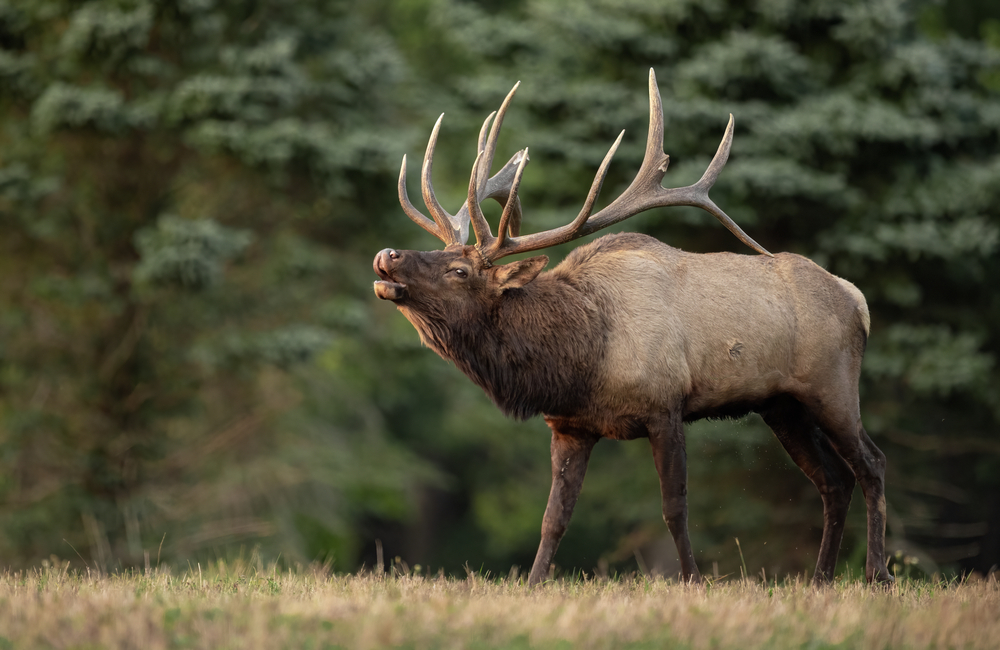Male fiddler crabs attract mates by waving around comically oversized pincers, the same ones they use to threaten other potential suitors. Male elk leech calcium from their very bones to grow antlers that weigh as much as coffee tables. There are countless other examples of big horns and big swagger: The African Buffalo, the Striped Love Beetle, the Capra Ibex.
Isn’t there an easier way for sex relations to sort themselves out in the animal kingdom?
Such horns and claws, according Doug Emlen, biologist and author of Beetle Battles: One Scientist’s Journey of Adventure and Discovery, actually speak directly to the male’s fitness and whether he has been stressed lately or starved. The male’s state affects insulin levels, which in turn affects the rack or the really big arm.
The resulting’s arm’s race produces a lot of losers, and often they sneak around behind the battling boys to mate with the females. Enough of these shortcuts can ruin the hereditary advantage to having large horns, according to Emlen.
“You find evidence that these things are disappearing just as often as they’re re-appearing.”
This video originally appeared in Knowable Magazine, an independent journalistic endeavor from Annual Reviews. You can view the original here.

